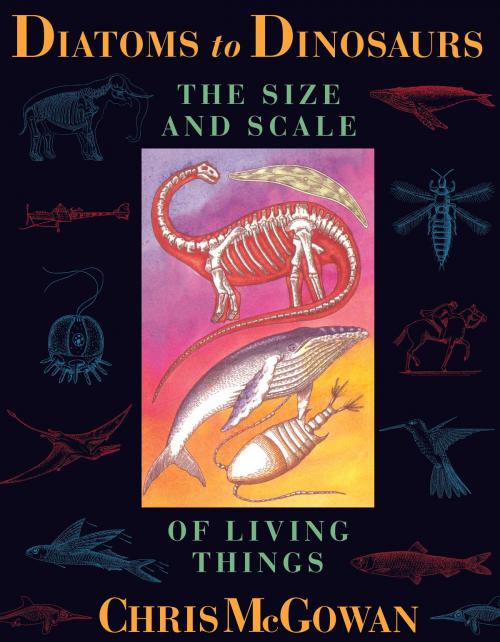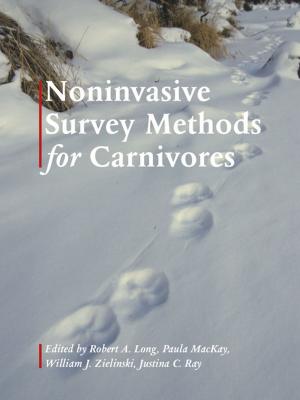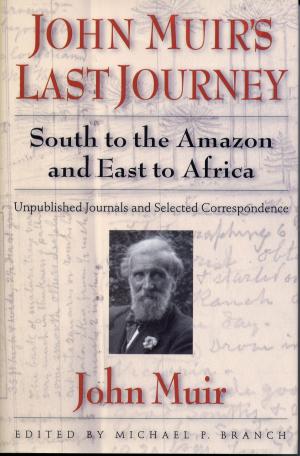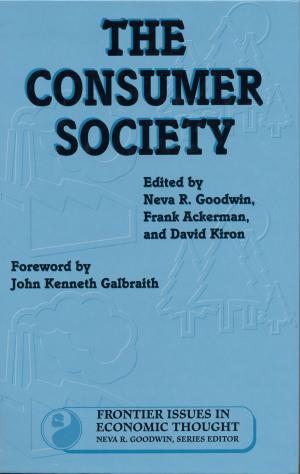Diatoms to Dinosaurs
The Size And Scale Of Living Things
Nonfiction, Science & Nature, Science, Biological Sciences, Environmental Science| Author: | Christopher McGowan | ISBN: | 9781610912624 |
| Publisher: | Island Press | Publication: | March 19, 2013 |
| Imprint: | Island Press | Language: | English |
| Author: | Christopher McGowan |
| ISBN: | 9781610912624 |
| Publisher: | Island Press |
| Publication: | March 19, 2013 |
| Imprint: | Island Press |
| Language: | English |
In Diatoms to Dinosaurs, Chris McGowan takes the reader on a fascinating journey through the natural world, and examines life in all its various forms. He imparts the excitemof discovery and the joy of understanding as he demonstrates the central importance of size and scale to the survival of living organisms.McGowan investigates a wide range of size-related phenomena, from the gliding mechanism of diatoms to blood pressure problems of dinosaurs. Questions asked -- and answered -- include: Will we ever see giant insects the size of pterodactyls? Why are ants so much stronger relative to body size than elephants? What do a clam, a condor, a tortoise, and a sturgeon have in common? How did the skeleton of a 28-ton Apatosaurus support its weight? How can blood get from the heart to the head of a giraffe without rupturing blood vessels? The author explicates the scientific concepts -- both physical and biological -- needed to inform the relevant phenomena: area/volume relations, metabolism and other basic physiology, kinetic energy, inertial forces, the biology of senescence, boundary layers, and Reynolds numbers. Numerous illustrations scattered throughout the text make the biophysical principles easily comprehensible to readers, regardless of their scientific sophistication.
In Diatoms to Dinosaurs, Chris McGowan takes the reader on a fascinating journey through the natural world, and examines life in all its various forms. He imparts the excitemof discovery and the joy of understanding as he demonstrates the central importance of size and scale to the survival of living organisms.McGowan investigates a wide range of size-related phenomena, from the gliding mechanism of diatoms to blood pressure problems of dinosaurs. Questions asked -- and answered -- include: Will we ever see giant insects the size of pterodactyls? Why are ants so much stronger relative to body size than elephants? What do a clam, a condor, a tortoise, and a sturgeon have in common? How did the skeleton of a 28-ton Apatosaurus support its weight? How can blood get from the heart to the head of a giraffe without rupturing blood vessels? The author explicates the scientific concepts -- both physical and biological -- needed to inform the relevant phenomena: area/volume relations, metabolism and other basic physiology, kinetic energy, inertial forces, the biology of senescence, boundary layers, and Reynolds numbers. Numerous illustrations scattered throughout the text make the biophysical principles easily comprehensible to readers, regardless of their scientific sophistication.















